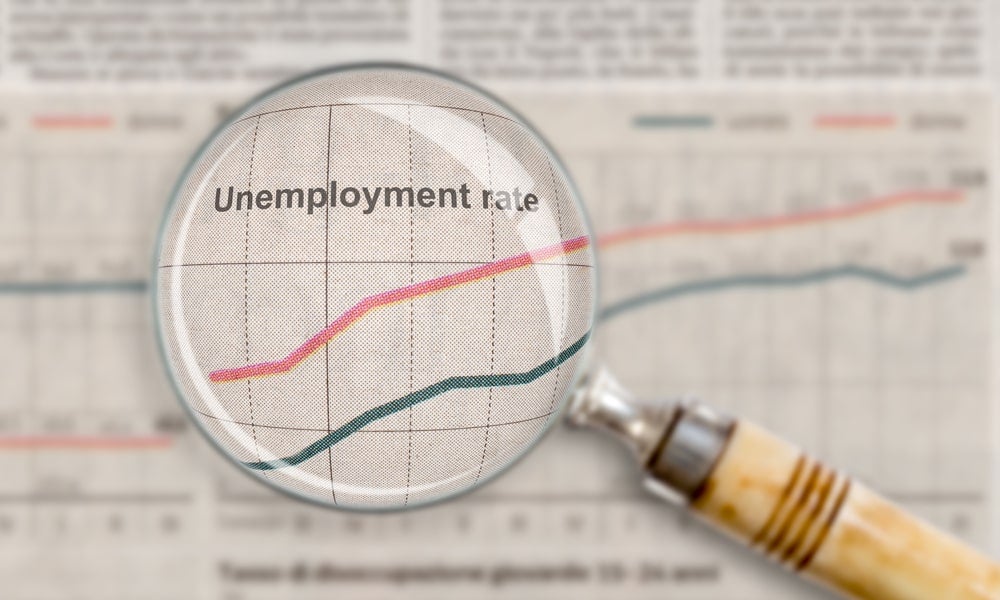A super balancing act? The Early Access to Superannuation Scheme
Superannuation funds will need to walk a fine line in balancing a number of key considerations in providing early access to members in need, according to UNSW Sydney's Rodney Brown, Scott Donald and Gordon Mackenzie
Much has been written about the Morrison Government’s response to the unprecedented social and economic crisis caused by the COVID-19 pandemic including the ‘Early Access to Superannuation’ initiative. Commentators have been debating the pros and cons of the initiative that allows individuals affected by the Coronavirus to access up to $20,000 of their superannuation earlier than they would otherwise be able to. We will leave the discussion of the merits of this proposal to others other than to say that despite the benefits of safeguarding the sole purpose of superannuation to provide benefits to members in their later years to deliver a dignified retirement,
it is difficult to argue against allowing those severely affected by the crisis to access their own funds early to ensure they maintain their dignity today. The challenge for superannuation trustees, like that of a tightrope walker in a high wind, will be to stay calm and balanced while straining every muscle and sinew against the buffeting of an uncertain environment.
The financial impact of the temporary Early Access to Superannuation Scheme
It has become clear that the financial impact of the scheme is potentially huge. Estimates of the number of Australians expected to seek early access range from 1.35 million from the Actuaries Institute to 1.65 million from KPMG (the Treasurer announced that 456,000 Australians have requested early access to their superannuation, totalling $3.8 billion in claims, as of 23 April).
In dollars terms, the impact on superannuation balances is potentially enormous depending on the number of people who take advantage of the initiative and the amount they drawdown. Estimates range from $25 billion from the Actuaries Institute to $40-$50 billion by actuarial consulting firm Rice Warner. The Treasury estimate of $27 billion sits at the lower end of the spectrum and represents around 1 per cent of the roughly $2.8 trillion of all assets held in superannuation funds before the crisis took hold.

The challenge, though, is that the distribution of withdrawals across funds and sectors is likely to be highly uneven. There has been much press recently about the position of HostPlus and its beleaguered CIO, Sam Sicilia, but there is no doubt quite a number of smaller funds that are also likely to be disproportionately affected. A significant portion of their members will be unemployed or furloughed part-time and casual workers who, while accessing their super early, will not be contributing to their funds via the compulsory 9.5 per cent superannuation guarantee contributions. Others, however, such as those in the public sector and most SMSFs, seem likely to be less affected by the early access scheme. Ironically, funds with the most diverse membership bases, who might ordinarily find it difficult to meet all members’ needs equally, may be the most robust in these circumstances.
What are the requirements of superannuation fund trustees?
Superannuation fund trustees are the guardians of our superannuation balances and therefore subject to numerous prudential and other regulatory standards to ensure the integrity of the system is preserved for the benefit of their members. These standards include provisions in the Superannuation Industry (Supervision) Act 1993 (SIS Act) and APRA Prudential Standards. If predictions prove correct, the Early Access scheme is going to place a significant strain on trustees as they manage their operations within the complex regulatory framework. For example, Section 52 of the SIS Act provides that certain covenants will apply to all superannuation funds. These covenants include obvious ones such as the need for trustees to act honestly in all matters, to exercise the same degree of care, skill and diligence as a prudent superannuation trustee would exercise, to act fairly as between members and to perform their duties and exercise their powers in the best interests of the members.
However, the magnitude of the task at hand is ominous when additional covenants trustees must follow are considered. Specifically, the early access scheme is likely to have the most impact on a trustee’s ability to comply with the investment covenants contained within s52 and set out in APRA’s Prudential Standard SPS 530 Investment Governance. Broadly, these requirements compel trustees to, among other things, formulate, review regularly and give effect to an investment strategy for the entire fund, and for each investment option offered within the fund, having regard to risk, diversification, liquidity and expected tax consequences in relation to the investments.

What will superannuation fund trustees need to do?
The early access scheme will mean trustees face a delicate balance in managing redemptions while complying with all the investment covenants. The biggest challenge comes not from meeting the early access scheme, but in satisfying their obligations under that scheme whilst continuing to respect the freedom most funds offer for members to switch between sub-funds. Managing either one would be difficult, as we saw in the GFC. Together they are a perfect storm. For example, withdrawals under the early access scheme, coupled with the expected shift out of MySuper, Growth and Balanced investment options into defensive and cash investment options for older fund members, will likely mean funds will be forced to sell liquid assets, such as bonds and shares, into a depressed market to raise liquidity.
This will have a number of implications. It may leave the Balanced fund (say) with a higher allocation towards illiquid assets, such as property, private equity and infrastructure, than the trustee intended. The costs of any attempt to trim that allocation will fall on those still in the fund, not those who have already left. For instance, such sales will have negative tax consequences arising from the untimely crystallisation of capital gains. If an asset is held for more than 12 months the fund is entitled to a one-third discount on any capital gains, meaning these gains are only taxed at the rate of 10 per cent. This timing strategy is well within the control of trustees and is commonly used to enhance after-tax returns for all members.
The change to the portfolio left behind also brings into stark relief the role expected of the trustee. Must the trustee keep the product ‘true to label’, in which case keeping the allocations to different asset classes consistent over time, irrespective of market moves, is crucial? That would enable members to be confident about their investment exposures and to plan accordingly for the rest of their affairs. Or ought the trustee act defensively, as would have been expected 50 years ago, and move the whole portfolio to a less risky stance? That might please the member who has entrusted his or her super to an ‘expert’ trustee, for instance in a MySuper product, but would clearly frustrate the more engaged member who has control over their total portfolio and doesn’t want to be second-guessing the trustee.

Are superannuation fund trustees required to plan for this?
In addition to the covenants outlined above, all superannuation funds should have separate pandemic plans in place to deal with these unprecedented times although this plan will be inextricably linked to the investment strategy and liquidity management plans. APRA’s Prudential Practice Guides provide guidance on the regulator’s view of sound practice in particular areas but do not themselves create enforceable requirements. However, Prudential Practice Guide CPG 233 — Pandemic Planning provides guidance to superannuation funds when considering and prudently managing the risks posed by a potential influenza pandemic, or any other widespread outbreak of contagious disease that could affect their operations. APRA expects institutions to consider the potential impact of a pandemic on assets, liabilities and capital under a range of plausible scenarios.
Notably, however only one paragraph and one bullet point in the whole document address the portfolio questions facing superannuation funds. The remainder of the Guide is all about business continuity, an important issue no doubt given the physical distancing regimes in place not just in Australia but crucial offshore outsourcing hubs like Singapore, Luxembourg, China and India. Whether funds have learned the investment lessons of 1987, 1994, 2001, and 2007 remains to be seen.
What else can the Government do?
The superannuation industry is currently dealing with some immense challenges that are creating a ‘perfect storm’ for trustees. Where possible, the government should now aim for some stability in economic policy to permit all Australians an opportunity to make plans confidently. That clarity would enable trustees to work more efficiently in administering member accounts and managing the investment portfolios for which they are responsible. Only then can they play their role in achieving an appropriate balance between upholding superannuation’s role in providing a route to dignity in retirement for members in the long term and the very real short term needs of members.
Rodney Brown is a Lecturer and Gordon Mackenzie is a Senior Lecturer in the School of Taxation & Business Law at UNSW Business School, and Scott Donald is Director of the Centre for Law, Markets and Regulation, UNSW Law at UNSW Sydney.
